
Our climate project wins the international Mountain Future Award 2025 competition
I am pleased to announce that on International Mountain Day, December 11, 2025, we received the award for the most innovative project related toclimate change
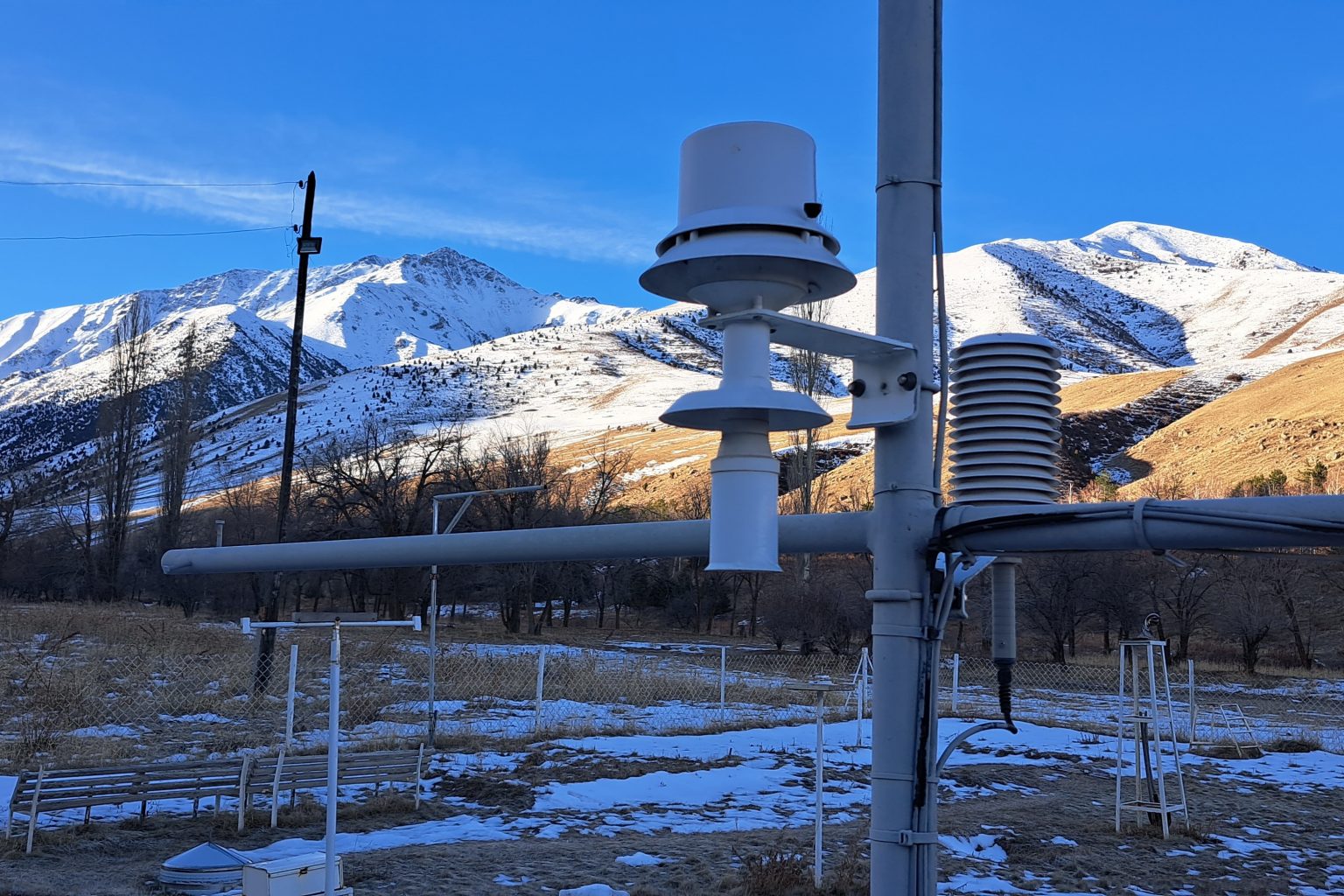
Кыргызская Республика переживает беспрецедентное количество стихийных бедствий значительного масштаба. Ни население, ни соответствующие государственные органы не готовы к такой эскалации чрезвычайных ситуаций. Необходимы срочные меры по адаптации к новой реальности, прогнозированию потенциальных рисков и заблаговременной подготовке к ним.
Из-за географического положения (не имеет выхода к морю с резко континентальным климатом) и топологии (93% гористая) Кыргызской Республики риск возникновения селей и наводнений очень высок. Многие реки, берущие начало в стране, обеспечивают водой весь Центральноазиатский регион. В самом Кыргызстане насчитывается более 2000 горных озер, из них 320 представляют опасность возникновения чрезвычайных ситуаций. Прорыв высокогорных озер может нанести массированный удар по Средней Азии.
Страна испытала селевые потоки во многих местах. Практически еженедельно происходят происшествия, связанные с селями и паводками, что составляет до трети всех чрезвычайных ситуаций. Страдают населенные пункты, дороги, сельскохозяйственные угодья, ирригационные сооружения и другая инфраструктура, что приводит к человеческим жертвам и наносит колоссальный экономический ущерб. Осуществлению превентивных и смягчающих мер препятствует отсутствие инфраструктуры связи в отдаленных районах.
По мнению экспертов Всемирного банка, климатический кризис оказывает большое влияние на Центральную Азию. Регион нагревается быстрее, чем в среднем по миру. Таким образом, горные районы Центральной Азии, которые часто называют Третьим полюсом, переживают все большее число стихийных бедствий. Страны нуждаются в улучшении возможностей предотвращения и смягчения последствий чрезвычайных ситуаций, таких как оползни, наводнения и другие бедствия, связанные с наносами.
Министерство по чрезвычайным ситуациям (МЧС) Кыргызской Республики уделяет первоочередное внимание внедрению современных технологий для проведения исследований по прогнозированию этих явлений путем развертывания ряда датчиков, способных обнаруживать сели, осадки, уровень и расход воды и передавать собранные данные в центральный репозиторий, в котором их можно использовать для реализации эффективных мер по смягчению последствий.
Требования к связи датчиков окружающей среды плохо удовлетворяются традиционными поставщиками телекоммуникационных услуг, которые нацелены на высокую пропускную способность, что ограничивает диапазон. LoRa достигает больших расстояний, ограничивая пропускную способность с помощью надежной технологии с расширенным спектром, поддерживающей сквозное шифрование, и поэтому хорошо подходит для этой задачи.
Сеть IoT в Кыргызской Республике должна преодолевать трудности, связанные с очень суровыми условиями, отсутствием покрытия электрической сетью и ограниченной доступностью оборудования. Подобные ситуации были обнаружены и в других странах.
В традиционных развертываниях открытость и безопасность воспринимаются как ортогональные. Это ограничивает масштабируемость и препятствует принятию властями. Цель данного проекта продемонстрировать, что полезное, масштабируемое и надежное приложение IoT может быть построено в открытой и безопасной сети.
Ключевые партнеры проекта:
Данный проект финансируется программой исследовательских грантов Фонда ISOC: https://www.isocfoundation.org/grant-programme/research-grant-programme/

I am pleased to announce that on International Mountain Day, December 11, 2025, we received the award for the most innovative project related toclimate change

Climbing 700 meters with a 55° slope with solar panels, heavy batteries, and an IoT communication gateway strapped to our backs is not the usual
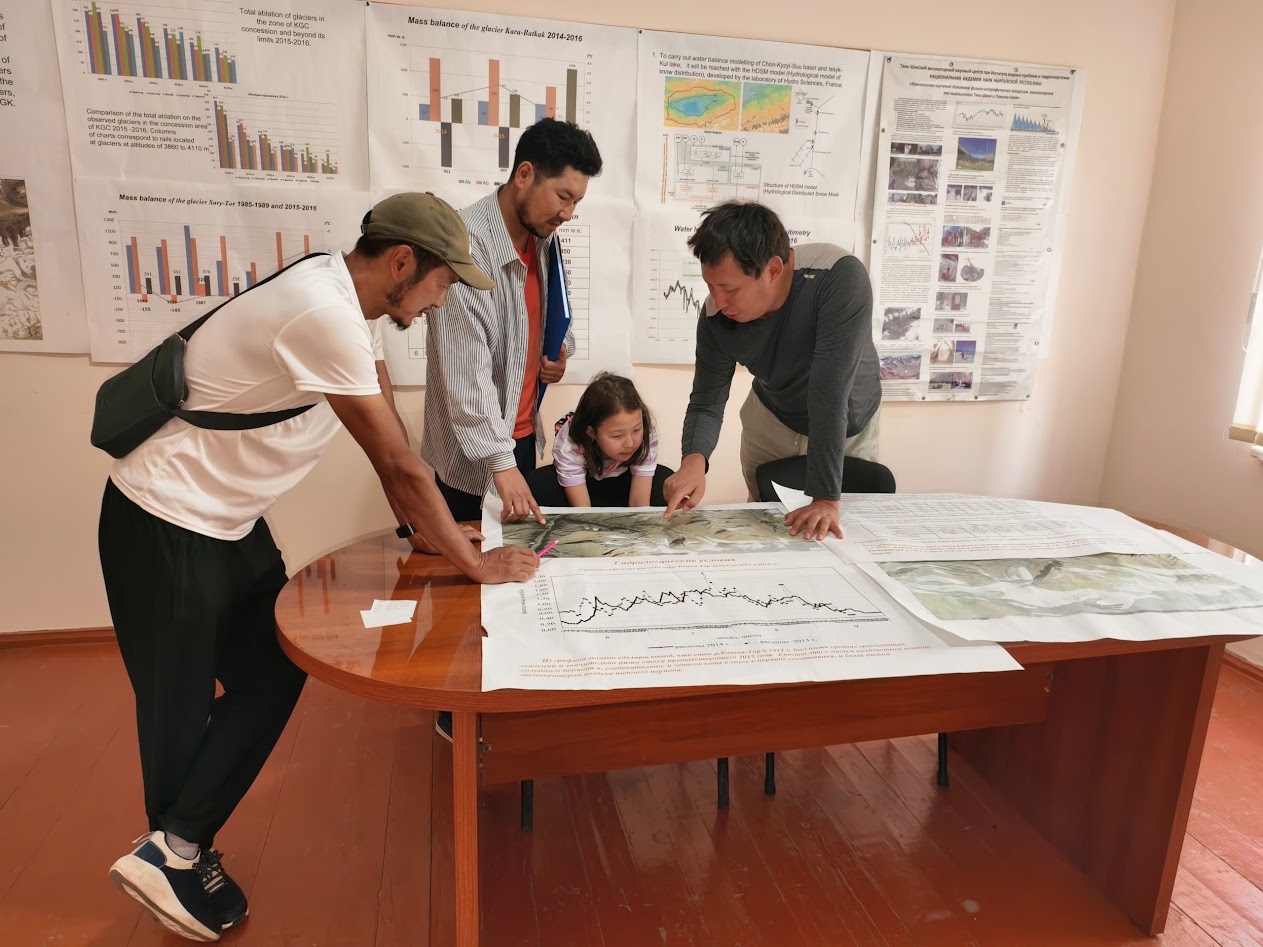
We are now entering the next stage of our climate project focused on monitoring natural phenomena in the high-mountain regions of the Pan-Third Pole. This
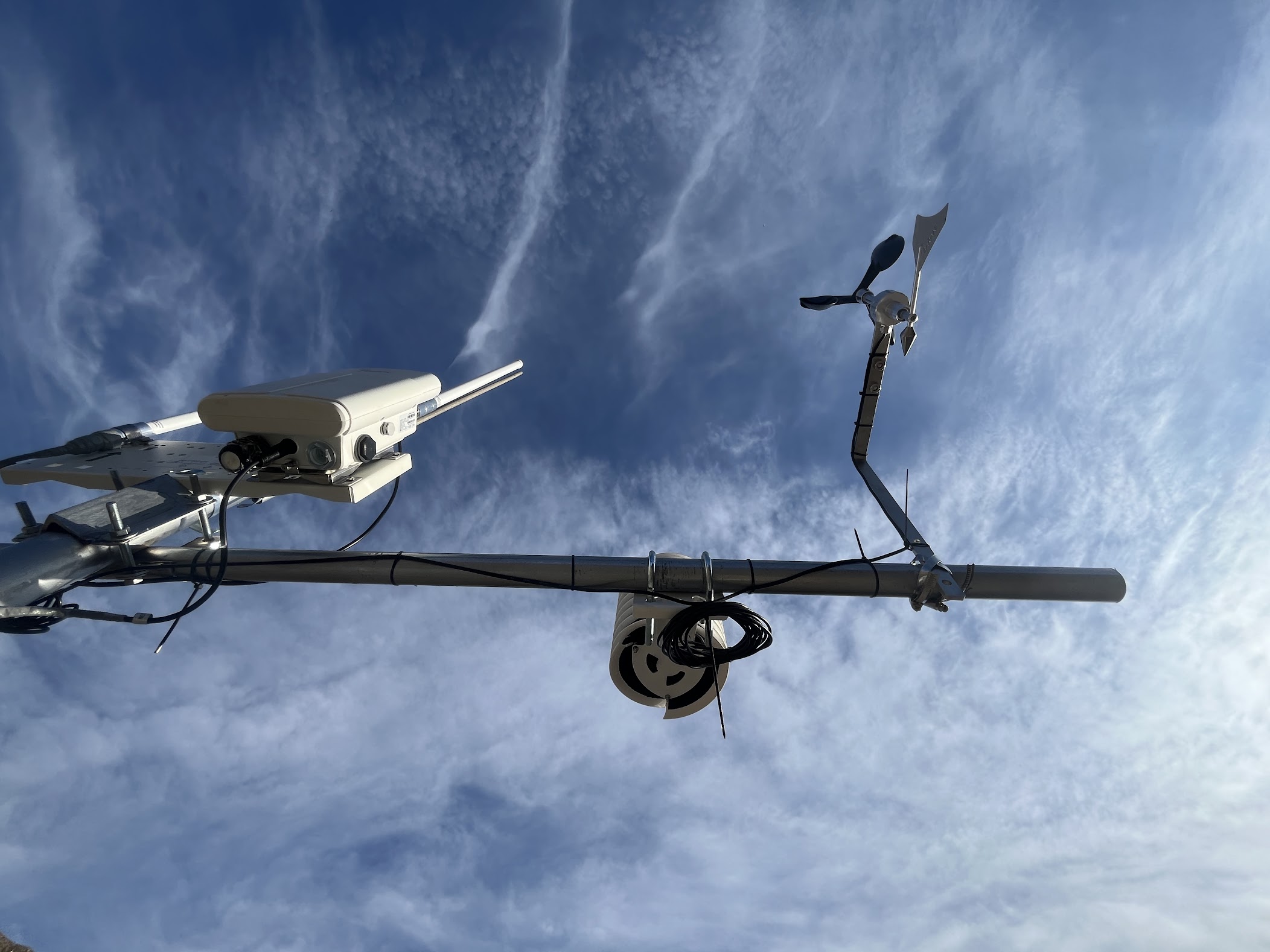
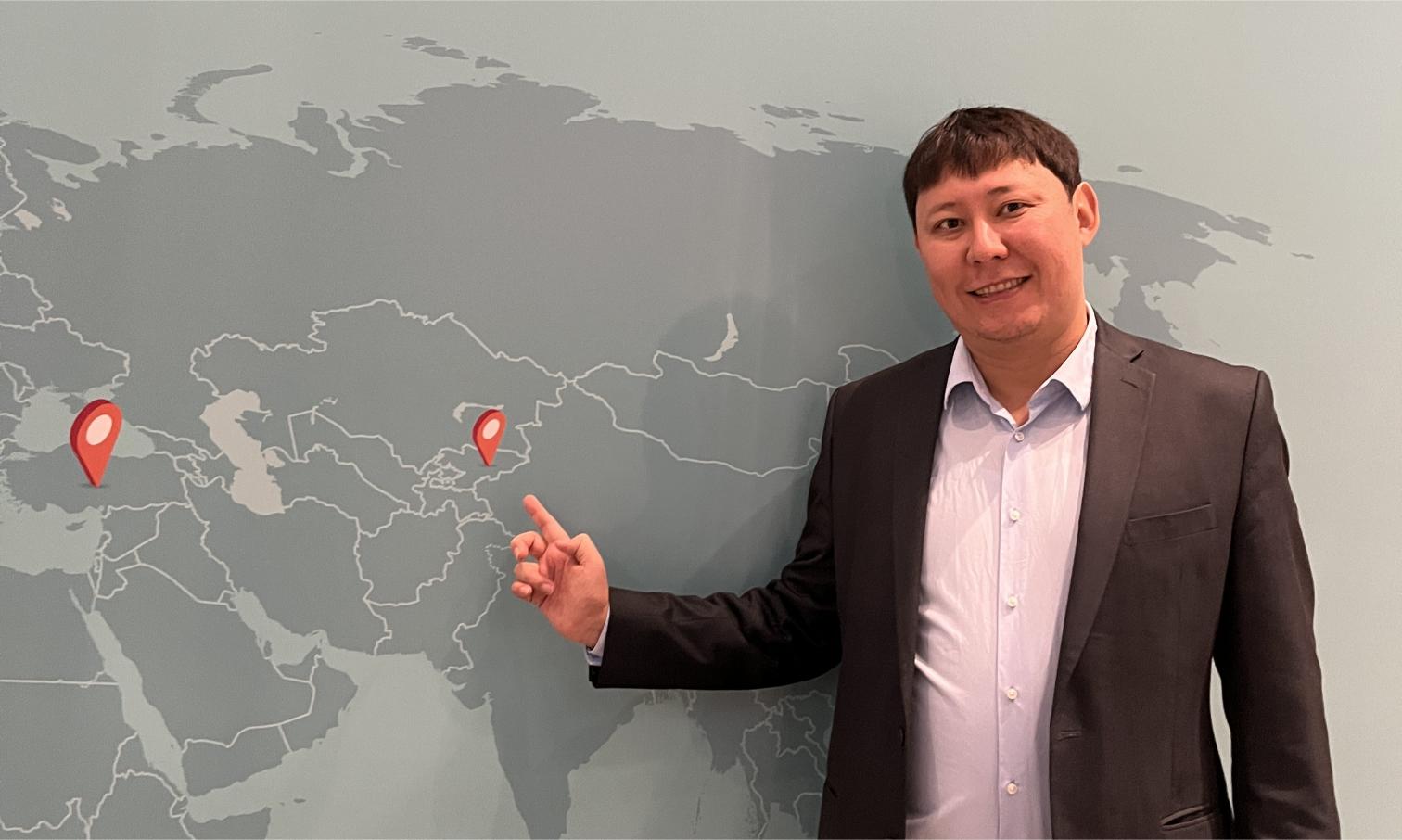
The recent AI Summit for Climate Action showcased an impactful discussion panel titled AI with a Focus on Sustainability Analysis, moderated by Dr. Sedef Akınlı

ISOC Kyrgyz Chapter is proud to join the Global AI Alliance for Climate Action. As part of the AI Alliance ISOC team lead by the
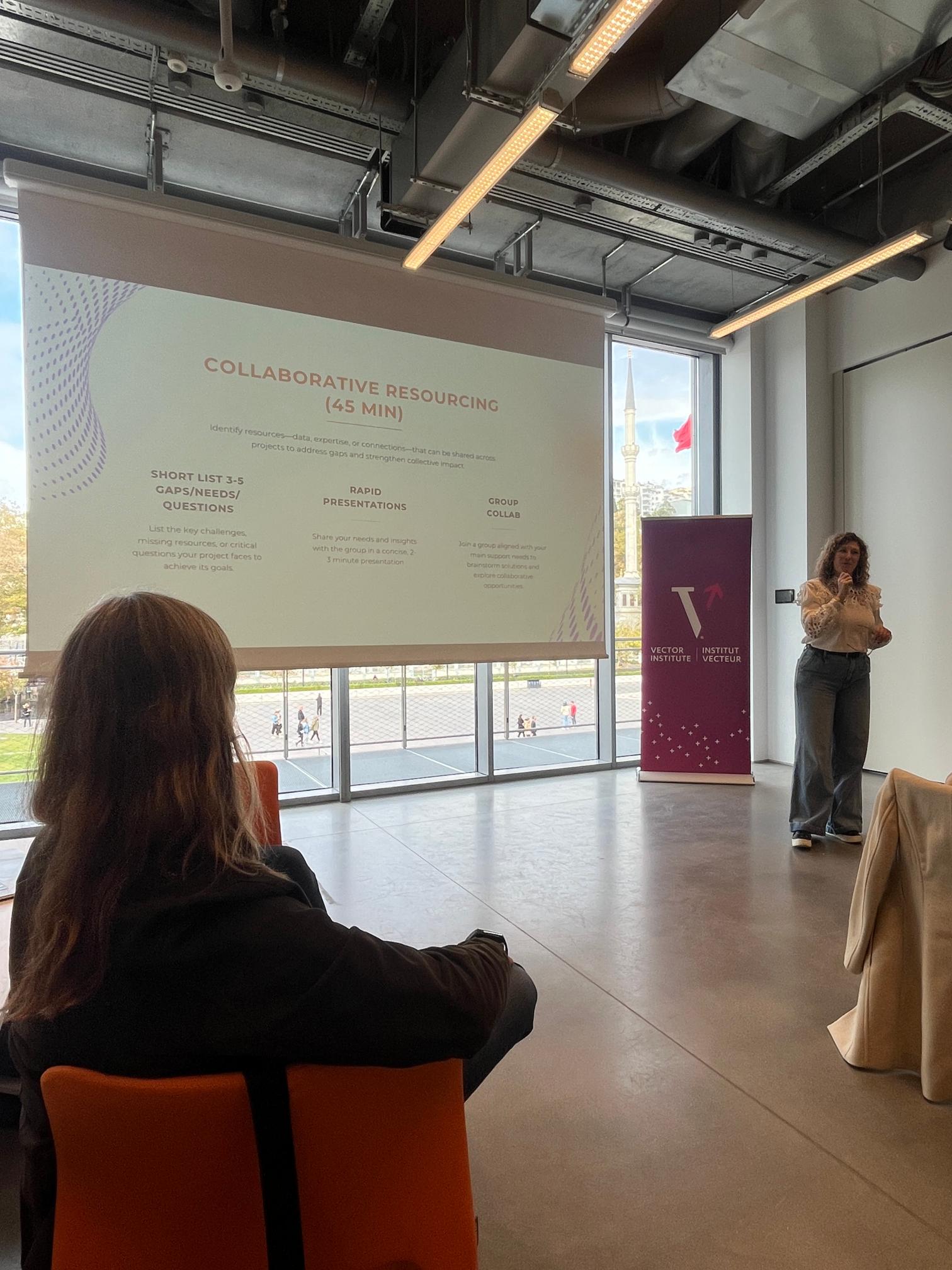
On November 3, 2024, during the vibrant backdrop of the Istanbul marathon, a significant workshop was held at the Museum of Modern Arts in Istanbul,

The RIPE 89 Meeting, held in Prague, brought together a vibrant mix of technology enthusiasts and industry experts to share knowledge on data, networking, and
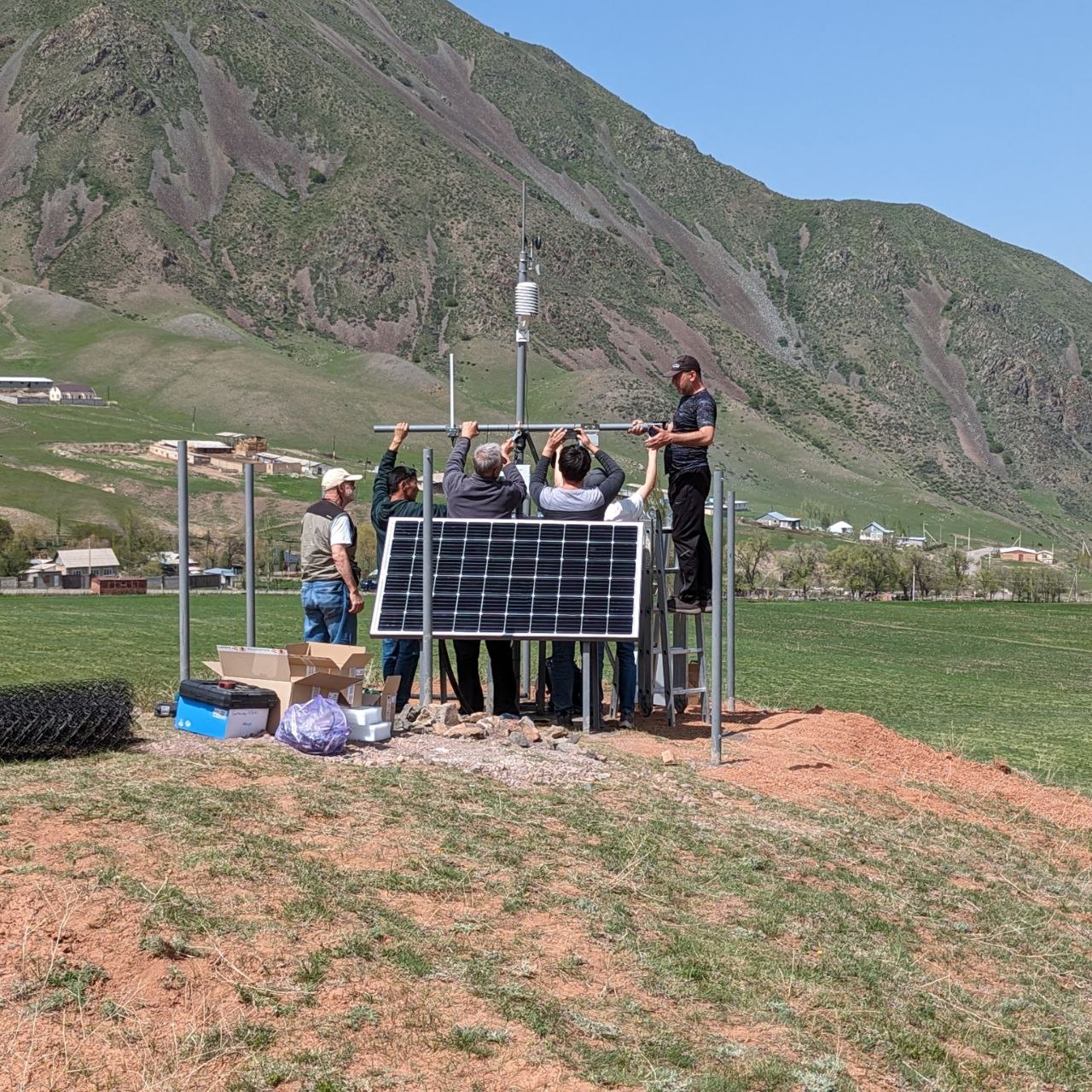
On behalf of the research team, I am very pleased to announce that our preprint of a research paper on the use of low-cost automatic

The initial deployment of a LoRa-enabled network to monitor natural disasters such as landslides and mudflows holds considerable promise. In response to positive feedback and

On November 2023 we had a privilege to participate in the Workshop on Communication in Extreme Environments for Science and Sustainable Development held in Trieste,

ISOC Research Team had received additional Lora-enabled devices designed to help rural communities and farmers residing near landslides improve well-beings. Early on September, the Internet
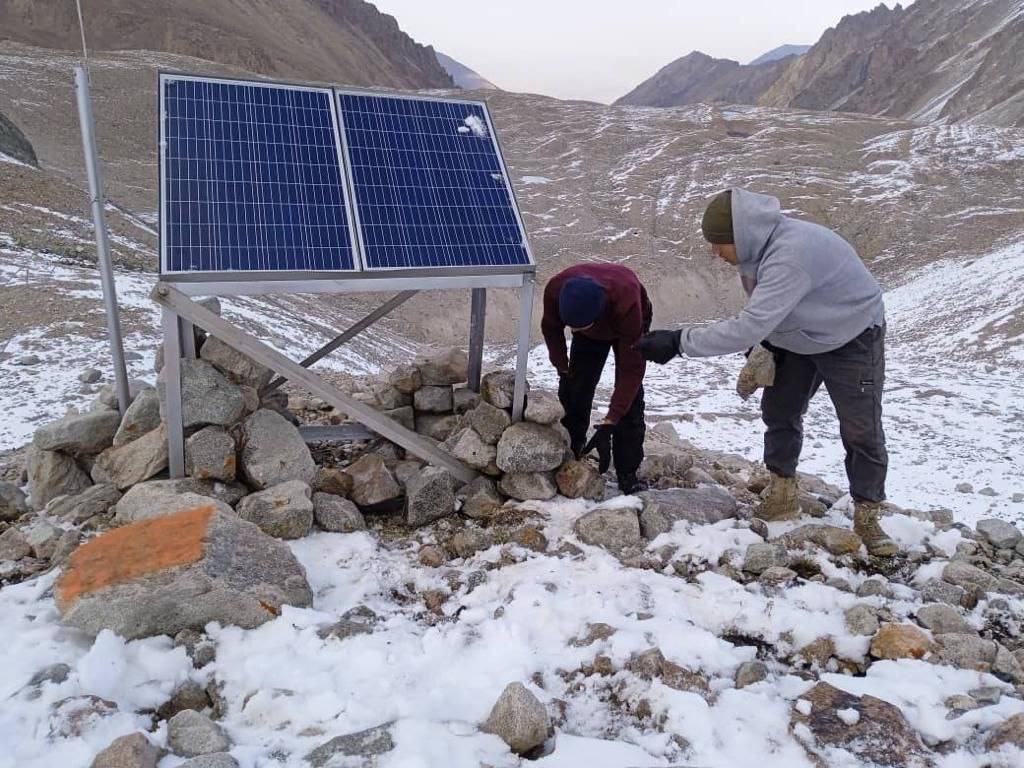
The review of installation works conducted on August and feedback from the installation team revealed that proposed scheme was not sustainable to weather conditions in
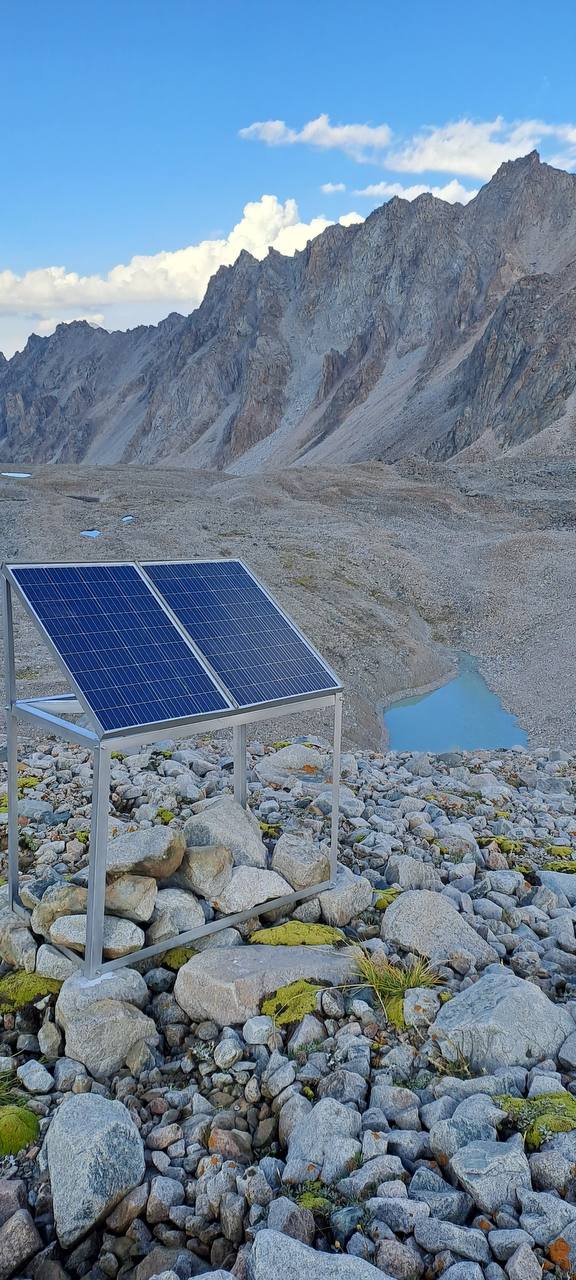
The construction team had built masts, photovoltaics on established locations on Adygene lake. A month ago, the joint research team had visited high glacier mountain

On August 11, 2023, ISOC Kyrgyzstan Chapter – Aziz Soltobaev and Talant Sultanov – teamed up with representatives from the Ilbirs Foundation and SMART consultant
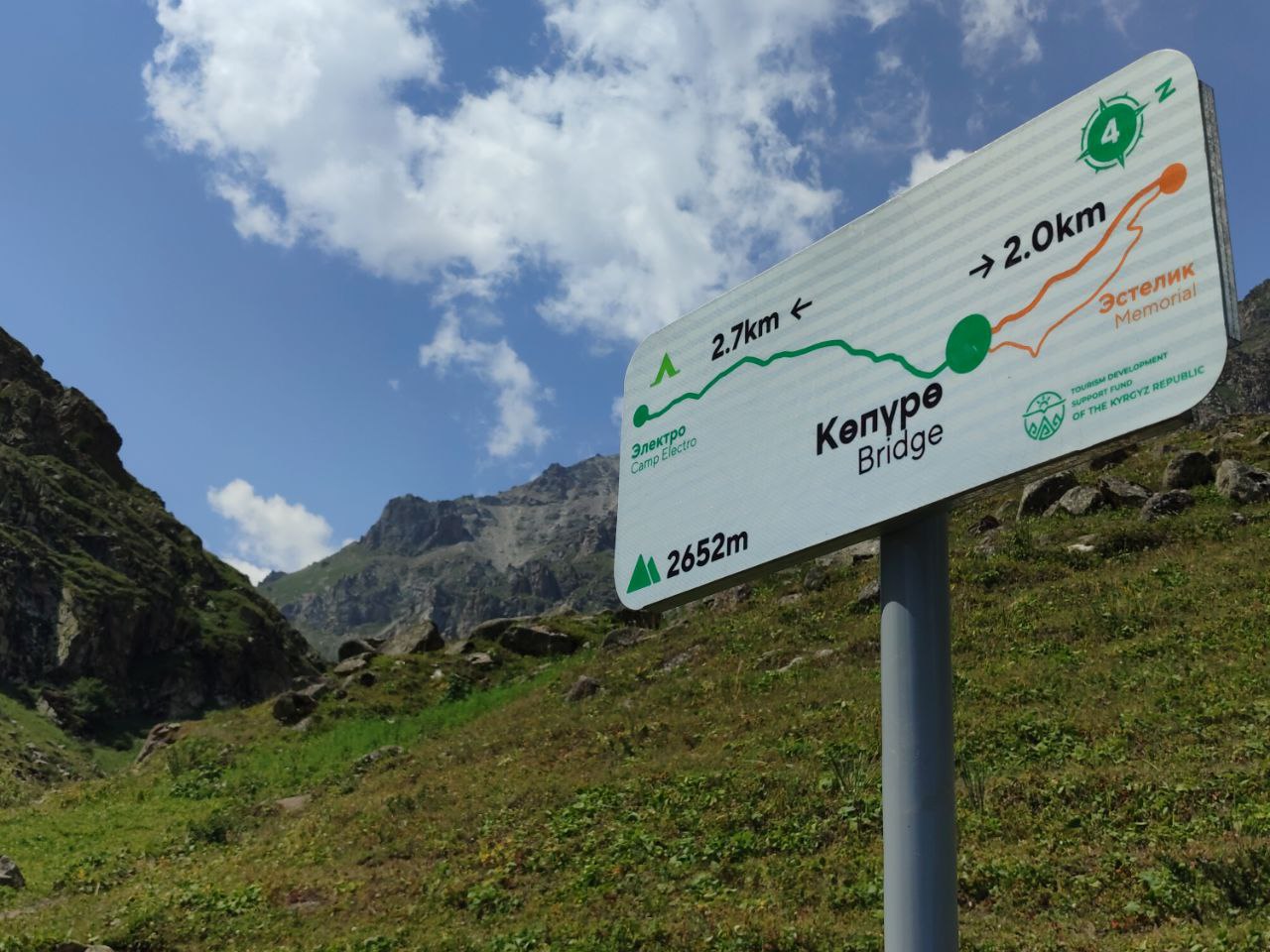
In a pioneering initiative, the Internet Society Kyrgyz Chapter has embarked on a groundbreaking project to test and map LoRa-enabled gateway coverage in select pilot

On July 21, the ISOC research team embarked on an expedition to Adygene Glacier Mountain Lake, strategically situated 60 km south-southwest of Bishkek. Nestled at
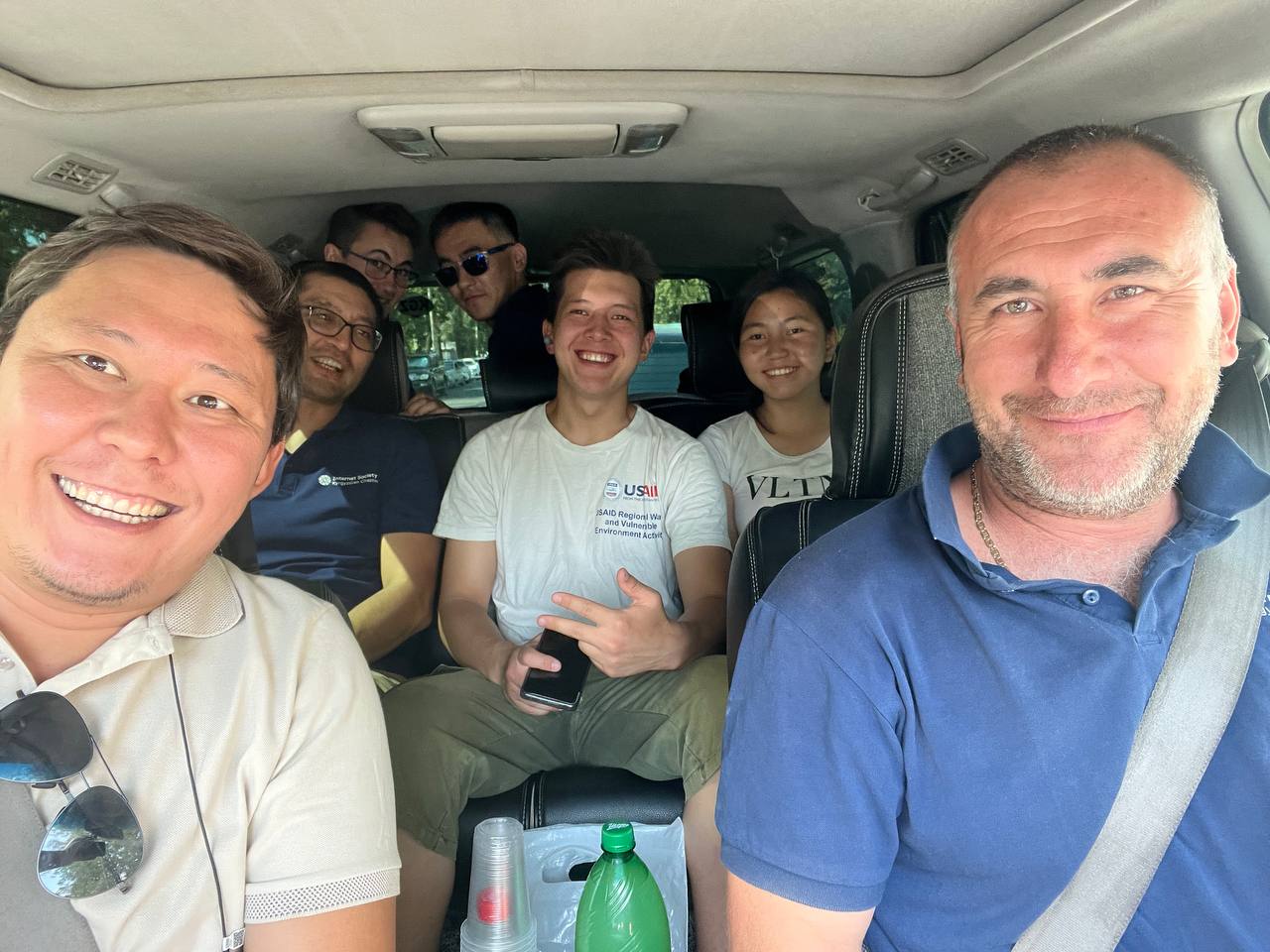
The ISOC Kyrgyz Chapter team has been actively engaging in routine maintenance visits to our pilot locations. Since the initial installation of LoRa-enabled sensors, certain
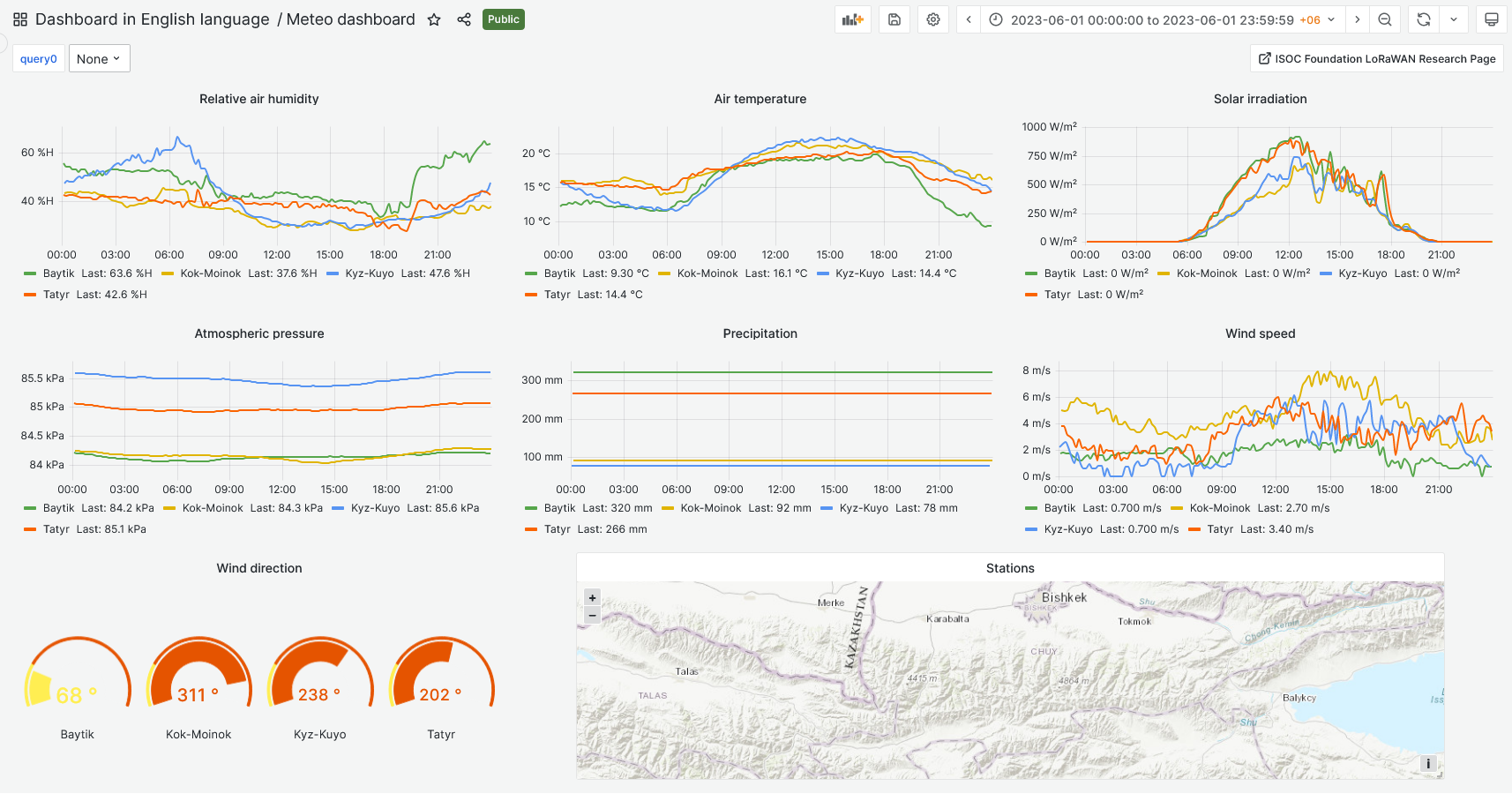
The team created beta version of the dashboard visualization of the project data collected from pilot locations. The dashboard represents visualization of the following data:
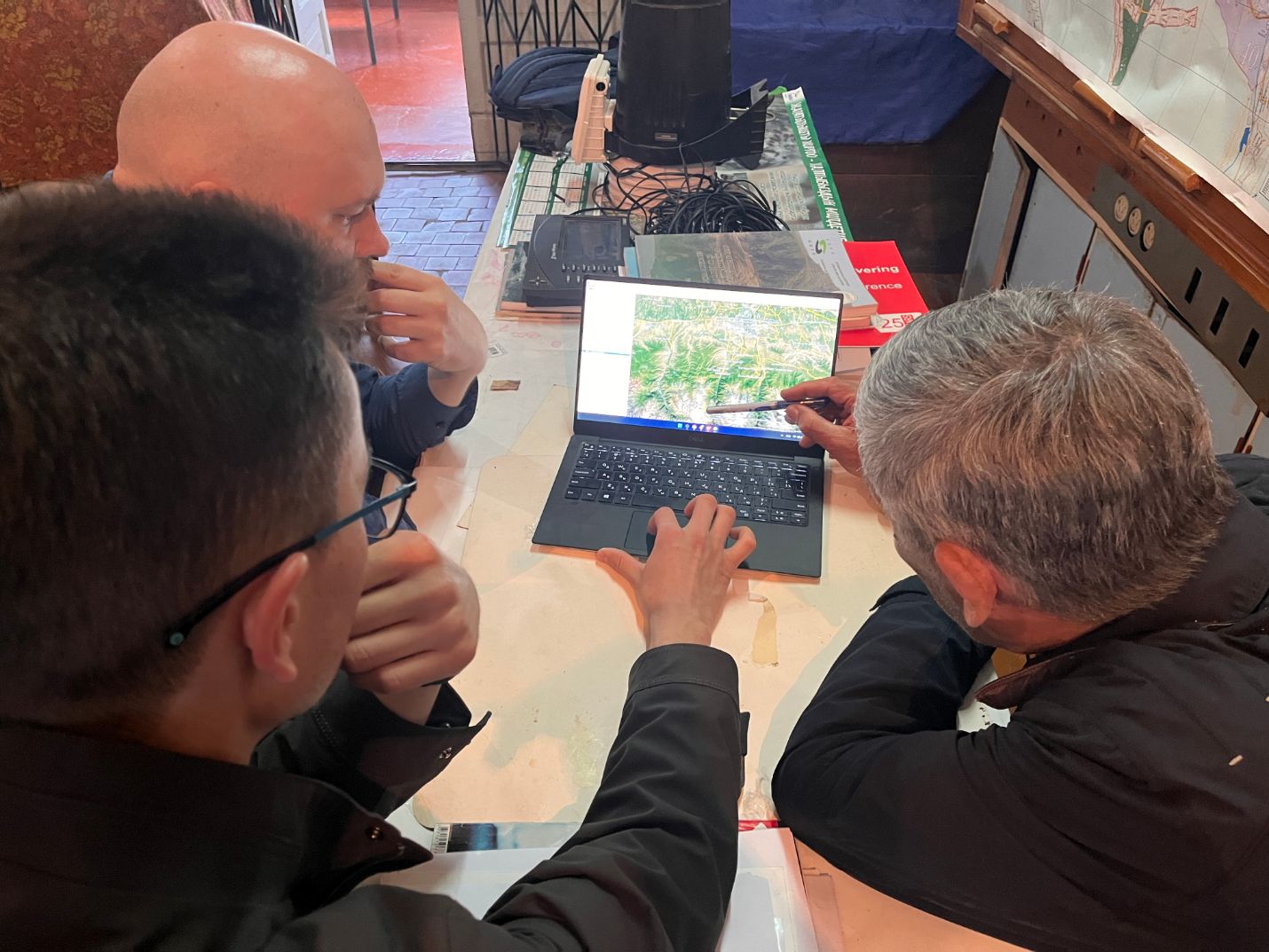
On May 19, 2023, the Internet Society (ISOC) Kyrgyz Chapter convened a meeting with the Institute of Water Problems under the Academy of Sciences of

The ISOC Kyrgyz Chapter team, in response to a request from the Ministry of Emergency Situations, has made a crucial advancement in natural disaster mitigation
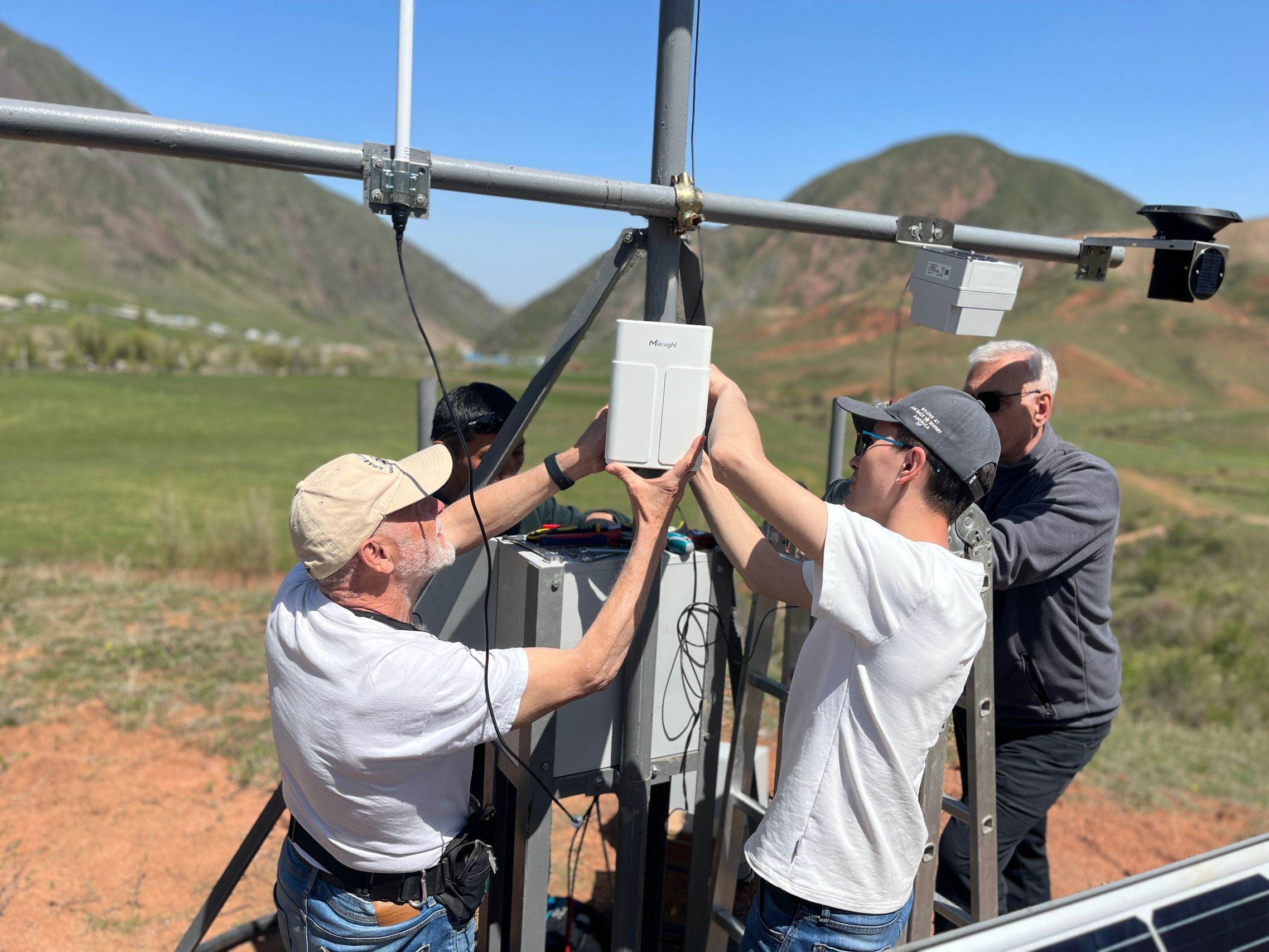
On April 27, 2023, a team comprising representatives from the ISOC Kyrgyz Chapter, ICTP, and CAIAG successfully installed and launched Lorawan-enabled sensors on the Tatyr

On April 25, 2023, the Internet Society Kyrgyz Chapter successfully hosted forum titled “Application of Innovative Technologies in Monitoring and Forecasting Climate Change and Natural

A significant stride has been made in the realm of disaster response and climate research in Kyrgyzstan, spearheaded by the ISOC Kyrgyz Chapter, the Abdus
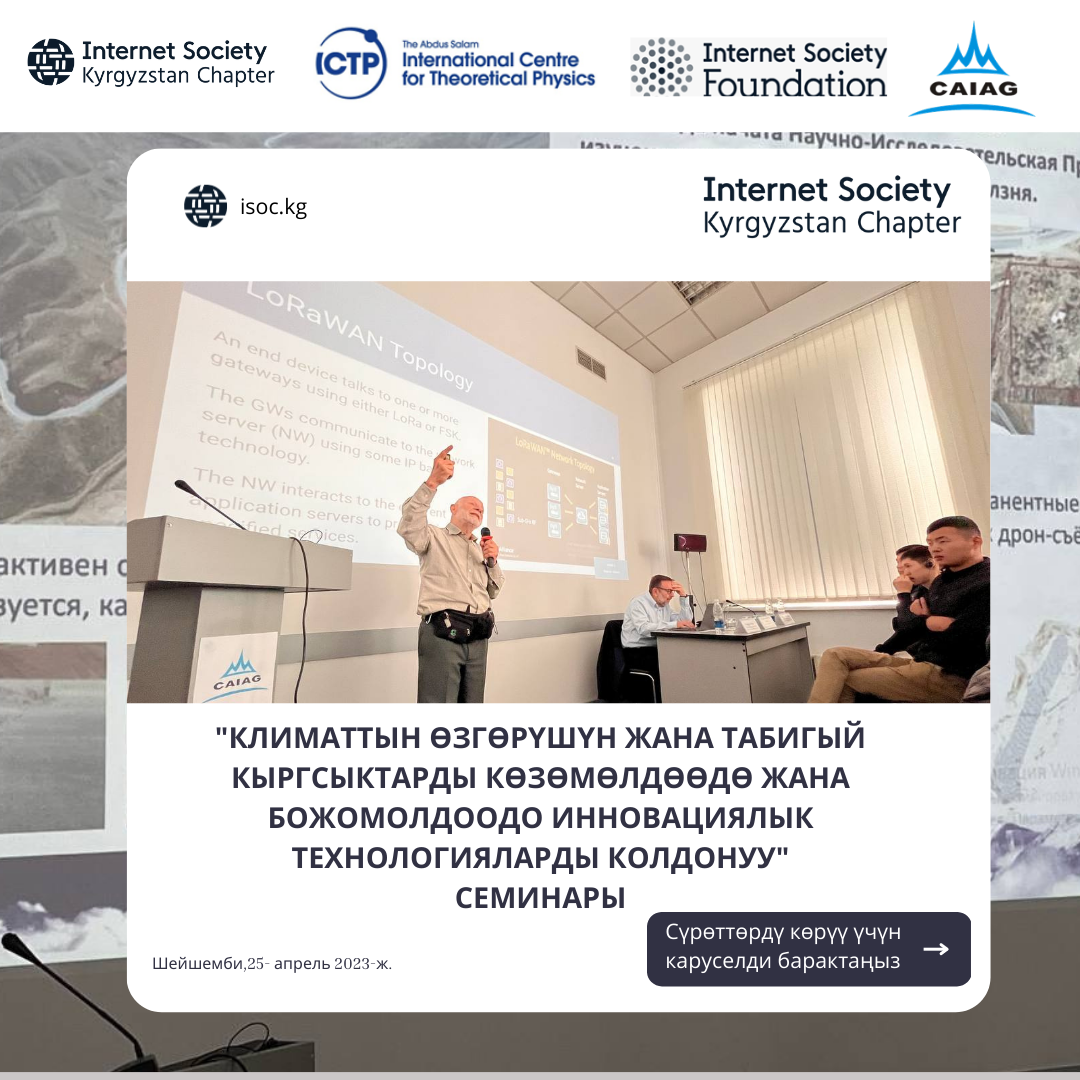
Previous Next A seminar on “Application of innovative technologies in monitoring and forecasting of climate change and natural disasters” was held in Bishkek on April
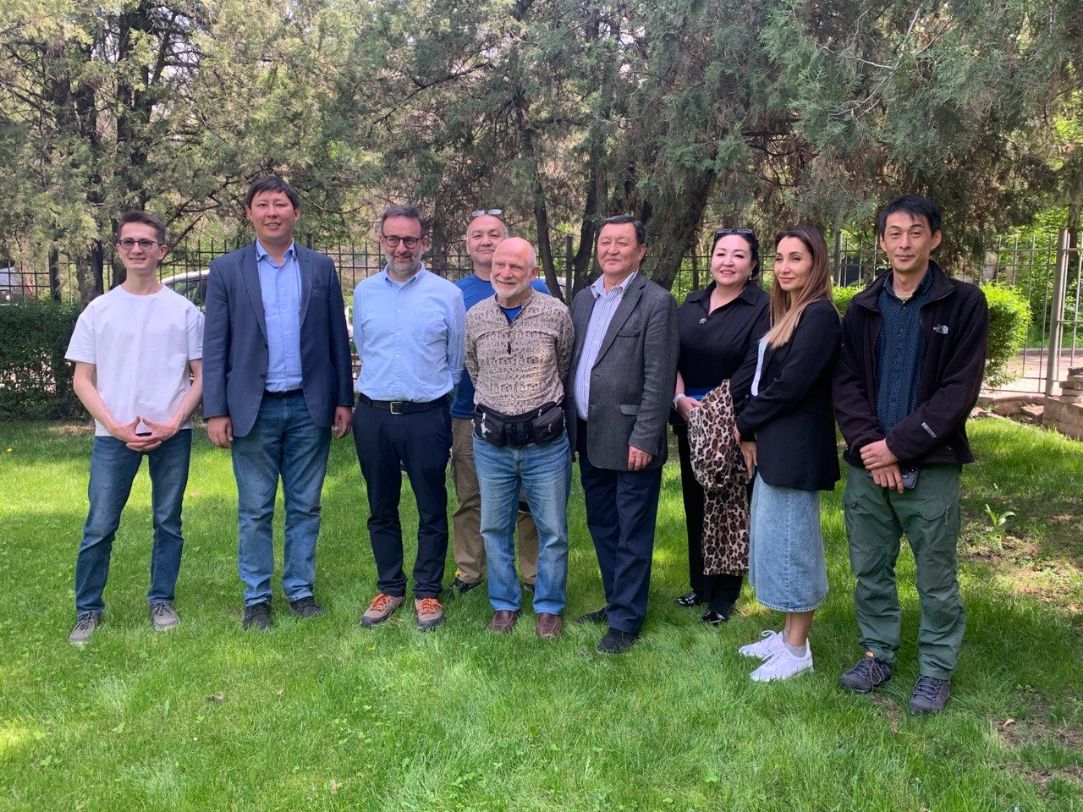
On April 24, 2023, a seminal roundtable discussion was hosted at the premises of the Central-Asian Institute for Applied Geosciences (CAIAG), an internationally recognized center
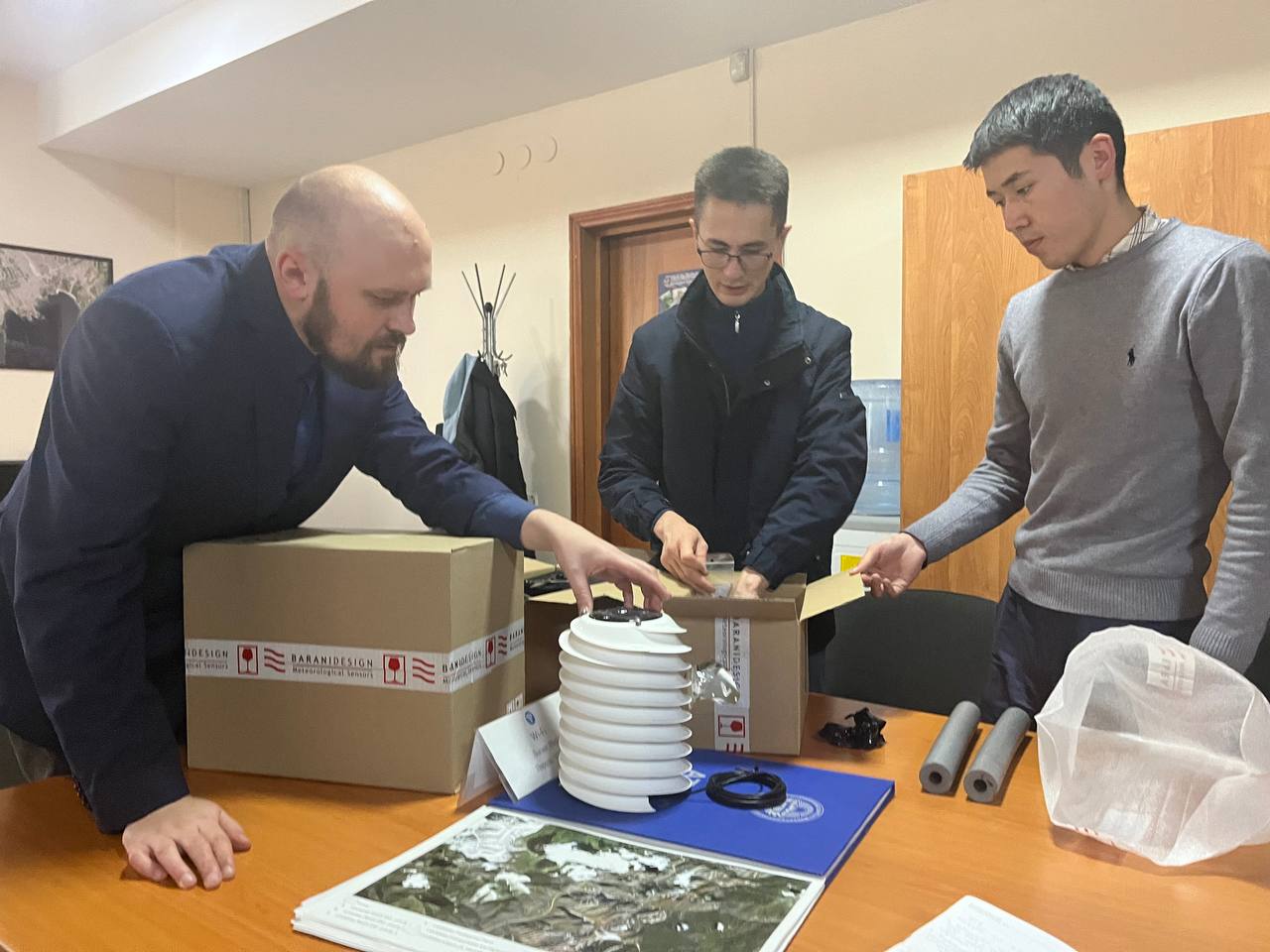
On April 6-10, 2023, the research team of the Kyrgyz branch of the Internet Society conducted a demonstration of automatic weather stations and other lorawan-enabled

In the realm of natural hazards monitoring and climate change response, the adoption of innovative information and communication technologies is increasingly seen as an important

Imagine you’re an apple farmer like Askar living in the picturesque landscapes of Kyrgyzstan. Every year, you wait in anticipation for the right climatic conditions
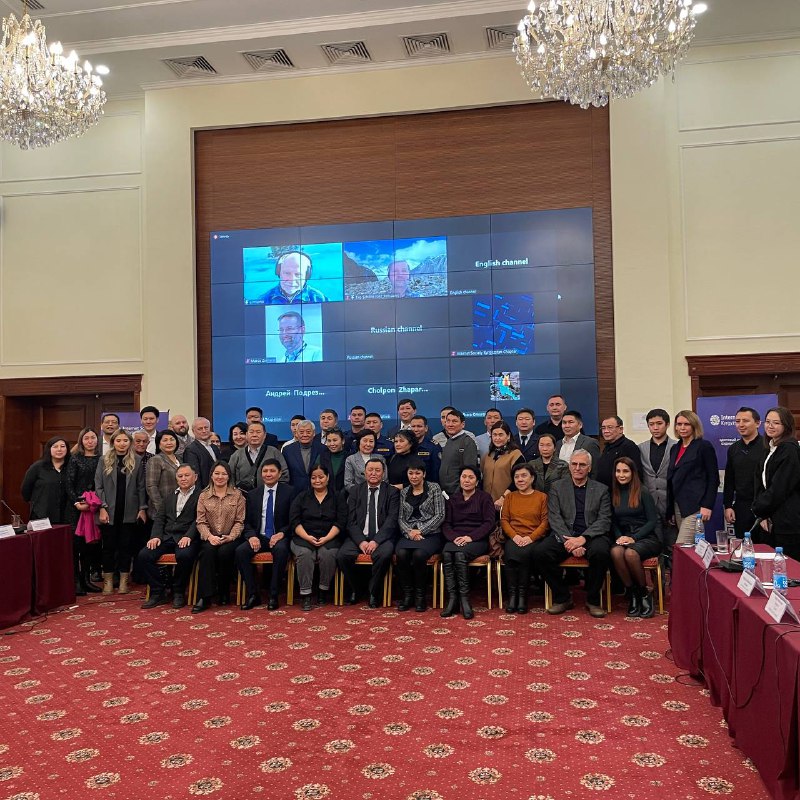
Forum Explores Innovative Technologies for Climate Change Monitoring and Disaster consequences Mitigation Bishkek, December 12, 2022 – Addressing the critical need to safeguard lives and
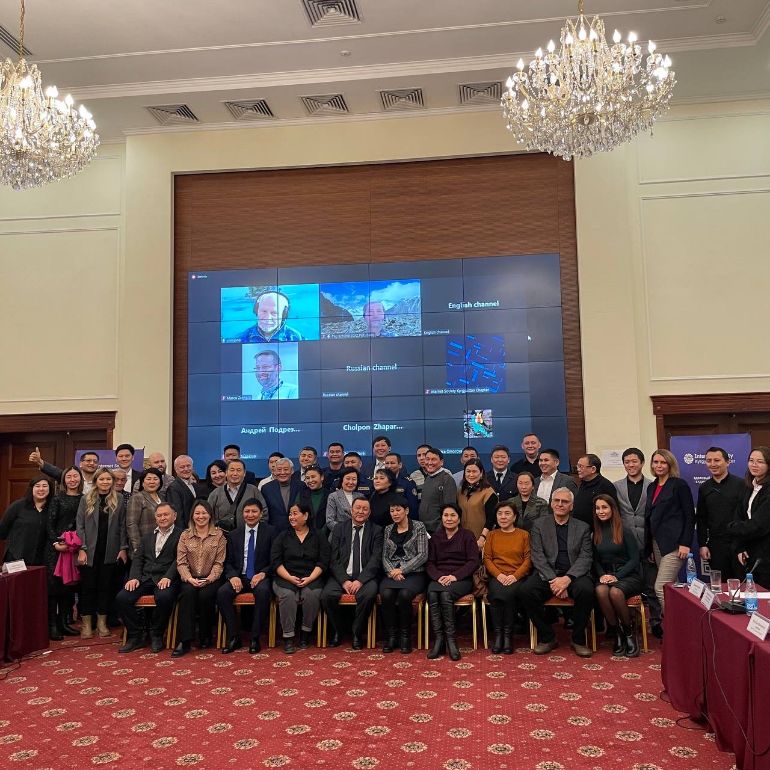
Forum Explores Innovative Technologies for Climate Change Monitoring and Disaster Mitigation Bishkek, December 12, 2022 – Due to the urgent need to protect life and
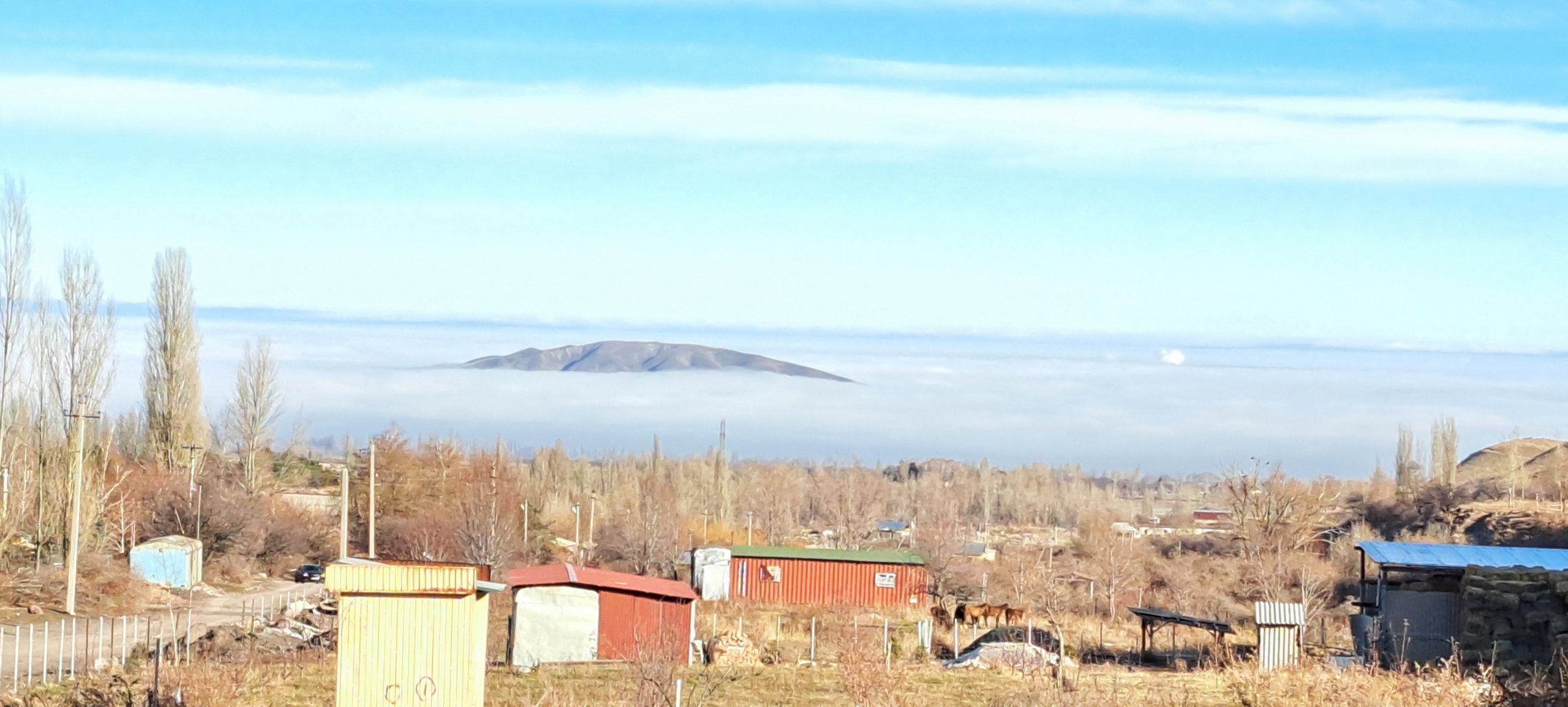
ISOC Kyrgyz Chapter is organizing forum “Application of innovative technologies in monitoring and forecasting of climate change and natural disasters” in Bishkek Protecting people’s lives
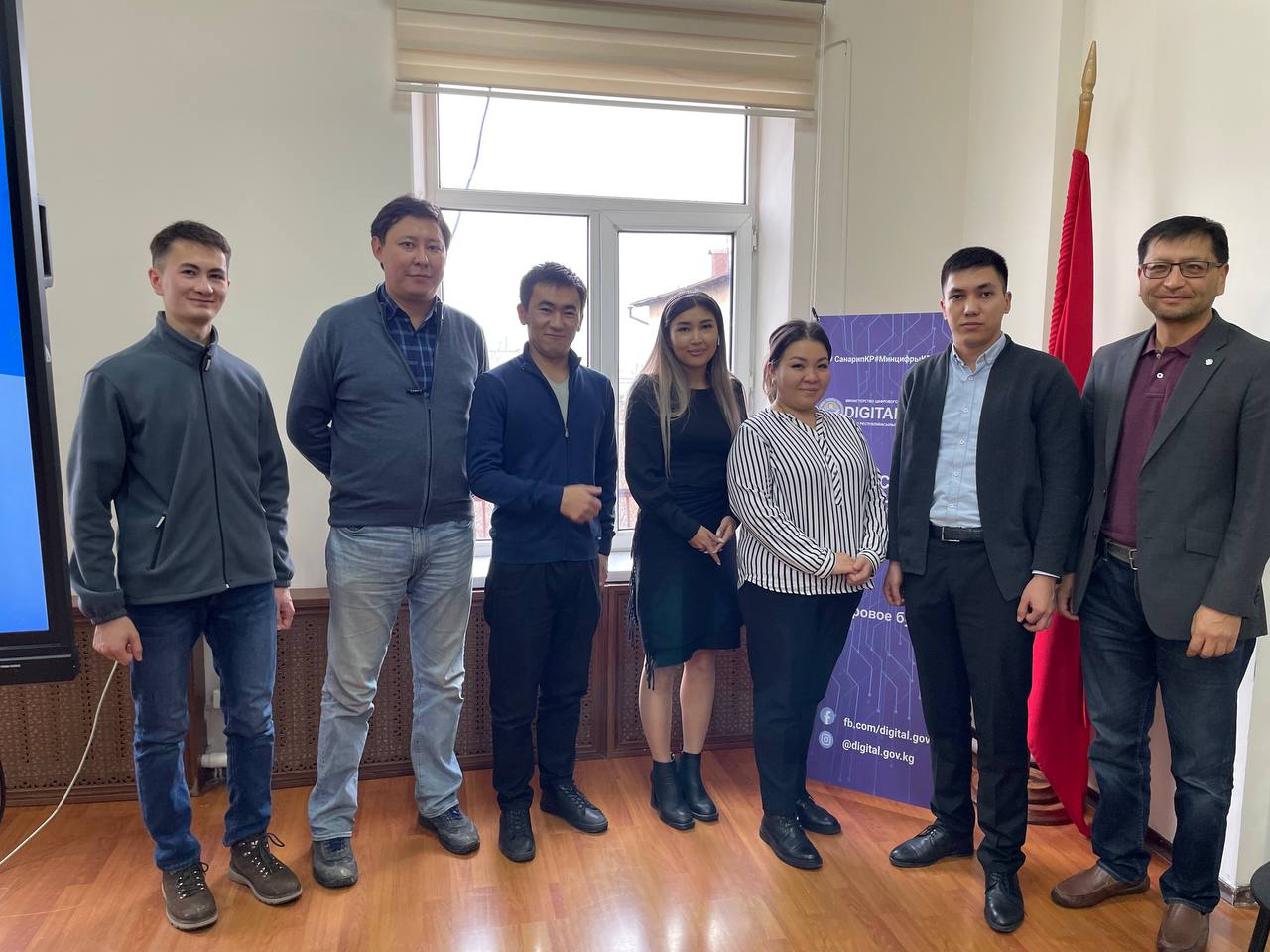
On November 22, 2022 the ISOC Kyrgyz Chapter Research Team had visited office of the State Telecommunications Regulatory Body and met representatives of the Spectrum
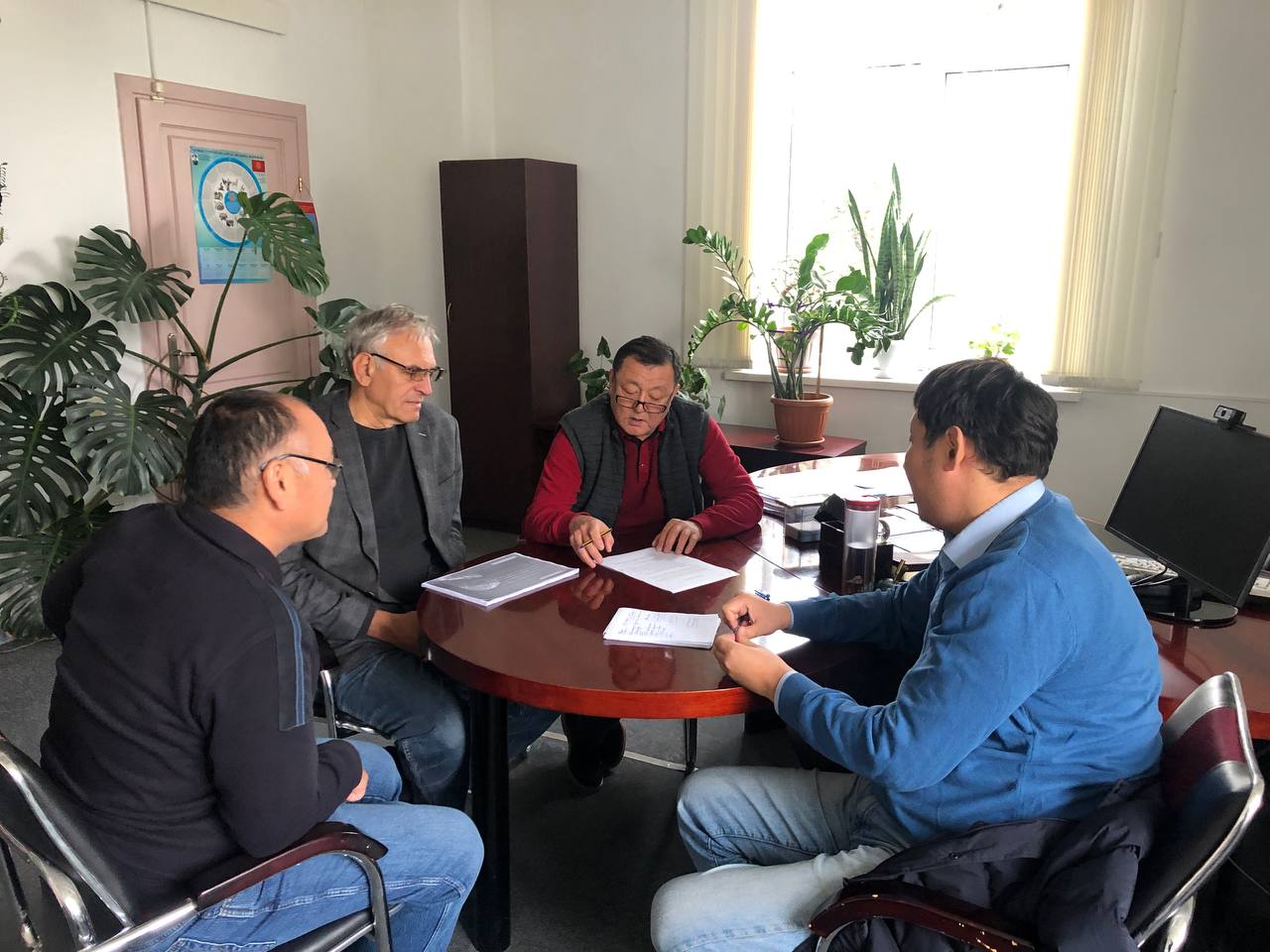
Research team held meeting to discuss potential locations for deployment of internet of things and lorawan technology to monitor and forecast natural disasters. As a
© 2014-2025 – Все права защищены ISOC Kyrgyzstan Chapter
0755330335 доступны в рабочие дни